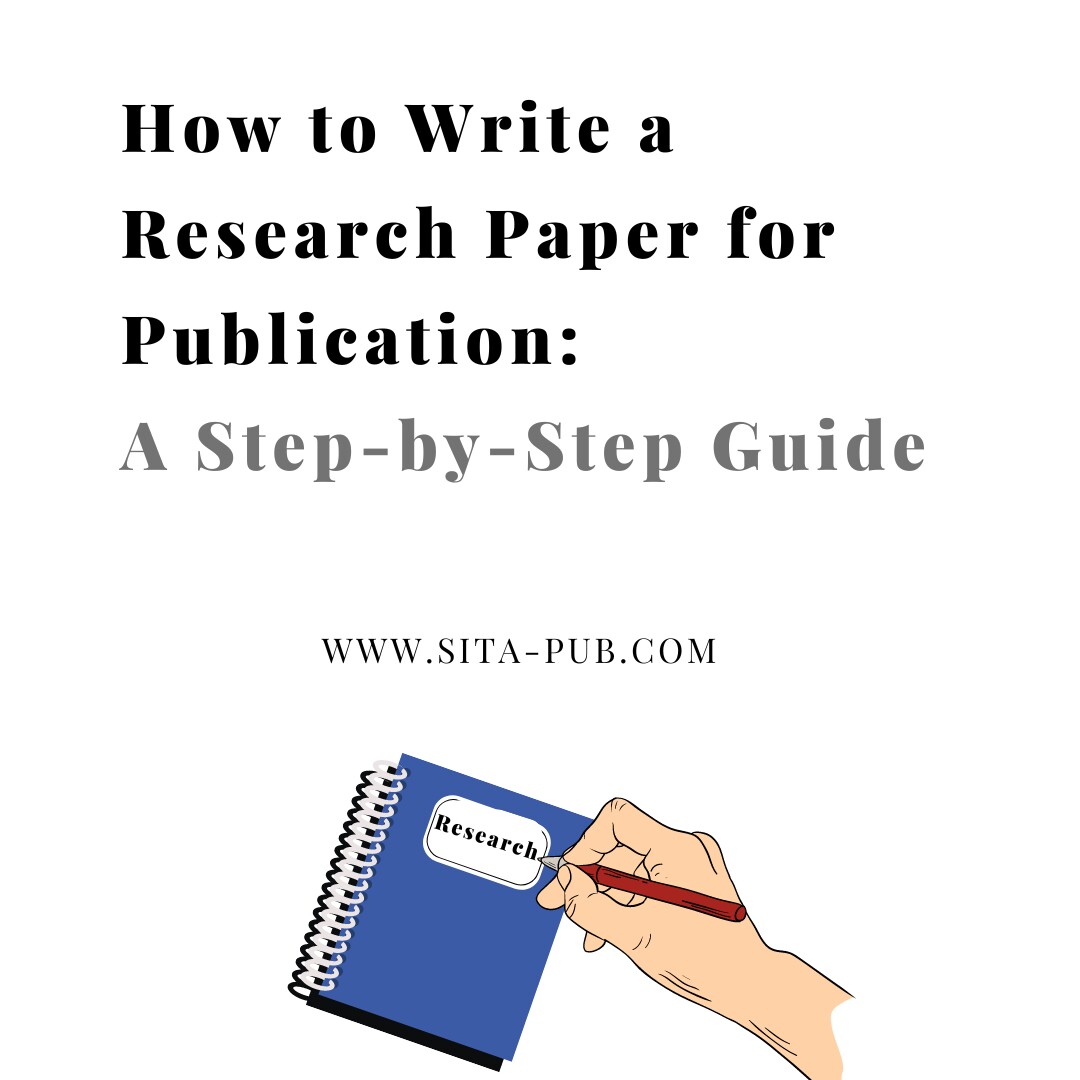How to Write a Research Paper for Publication: A Step-by-Step Guide


Publishing a research paper is a significant achievement in any academic or professional career. It allows you to share your findings with the broader community, contribute to your field, and enhance your credibility as a researcher. Here’s a comprehensive guide on how to write a research paper suitable for publication.
Selecting the right topic is crucial for a successful publication. Here are some tips:
Relevance: Choose a topic that contributes to ongoing discussions in your field.
Interest: Pick a subject that genuinely interests you, as this will keep you motivated.
Feasibility: Ensure that you can conduct research and gather data within your available resources and timeframe.

The impact of climate change on agricultural productivity.
Advances in artificial intelligence and their ethical implications.
The role of community health programs in improving public health outcomes.
A solid foundation of research is essential for a publishable paper. Utilize a variety of sources:
Academic Journals: Access peer-reviewed articles to gather existing research.
Books: Look for comprehensive texts that provide background information.
Databases: Use databases like Google Scholar, PubMed, or your institution's library for reliable sources.

Organize your notes by themes or categories related to your research question.
Record important bibliographic information for later reference.
Your thesis statement should encapsulate the main argument or claim of your paper. It should be specific, arguable, and provide a clear direction for your research.

“Implementing renewable energy sources can significantly reduce greenhouse gas emissions and combat climate change.”
“Community health programs play a critical role in reducing health disparities among underserved populations.”
An outline helps organize your thoughts and structure your paper logically. A typical outline for a research paper includes:
Background information
Importance of the study
Thesis statement
Summary of existing research
Gaps in the literature
Relevance to your study
Research design
Data collection methods
Analysis techniques
Presentation of findings
Use of tables, charts, or graphs as needed
Interpretation of results
Implications of findings
Comparison with existing literature
Summary of main points
Restatement of thesis
Suggestions for future research
With your outline in place, start drafting your paper. Focus on getting your ideas down without worrying too much about perfection.
Introduction: Start with a hook to grab the reader's attention, provide necessary background, and end with your thesis statement.
Literature Review: Summarize relevant research and highlight gaps your study addresses.
Methodology: Clearly describe how you conducted your research, enabling others to replicate your study.
Results: Present your findings in a clear and organized manner, using visuals as needed.
Discussion: Analyze your findings, discuss their significance, and relate them to existing research.
Conclusion: Recap your key points and suggest areas for further investigation.
After completing your first draft, take a break before revising. This will help you view your work with fresh eyes. When revising:
Content Review: Ensure arguments are clear and well-supported. Check if you’ve addressed all aspects of your thesis.
Structure: Ensure logical flow and coherence between sections.
Clarity and Conciseness: Eliminate unnecessary jargon or complex language. Aim for clarity.

Check for grammatical and spelling errors.
Verify proper citation format.
Ensure all sources are correctly cited in your bibliography.
Once you are satisfied with your revisions, the next step is to prepare your paper for publication. This involves ensuring that your work meets the specific guidelines set by the journal you intend to submit to. Familiarize yourself with the journal's requirements, including the scope, formatting styles (APA, MLA, Chicago, etc.), word count or page limits, and the submission process. Be sure to include any necessary components, such as a title page and a properly formatted references section. By carefully aligning your paper with these requirements, you can confidently move forward in the submission process.
Get Help with Your Publication
Great job on finishing your research paper! Now let us help you with the next steps. We can assist you in choosing the right journal, formatting your paper, and submitting it.

If you have any questions, inquiries, or would like to learn more about our services, please don't hesitate to reach out to us. Our dedicated team is ready to assist you.